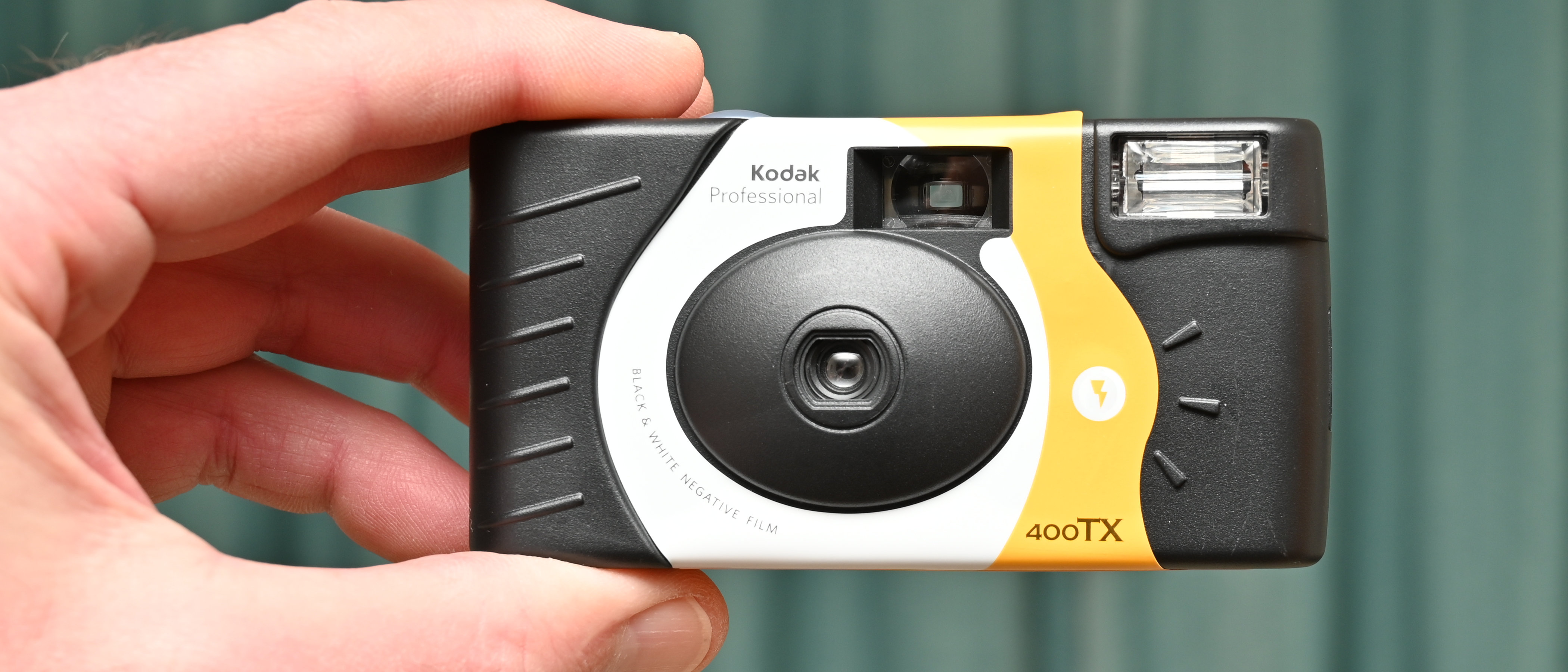Digital Camera World Verdict
The Kodak Black & White Tri-X 400 Single Use Camera is pre-loaded with quality film and has a built-in flash but I feel it’s typically basic for a cheap disposable camera. As is often the way, processing costs about as much as the camera itself.
Pros
- +
‘Professional’ Tri-X film pre-loaded
- +
Built-in flash
- +
Easy to use
Cons
- -
Single use only
- -
Typically basic
Why you can trust Digital Camera World
This is Kodak’s first ever black & white disposable camera. I’ve seen the word ‘Professional’ pop up in the title of all sorts of camera gear that would never find space in the kit bag of a jobbing photographer. It’s plastered across the box of this disposable camera but I can’t think of any situation where pro shooters would be taken seriously if they turned up with this Kodak on an assignment.
In fairness, ‘Professional’ applies to the quality of the 27-exposure roll of Kodak Tri-X film that’s pre-loaded in the camera. That certainly has been the choice of black & white film for many professionals and has an illustrious history that stretches all the way back to 1940. I often used it myself when I first got into photography as a teenager, more years ago than I care to remember.
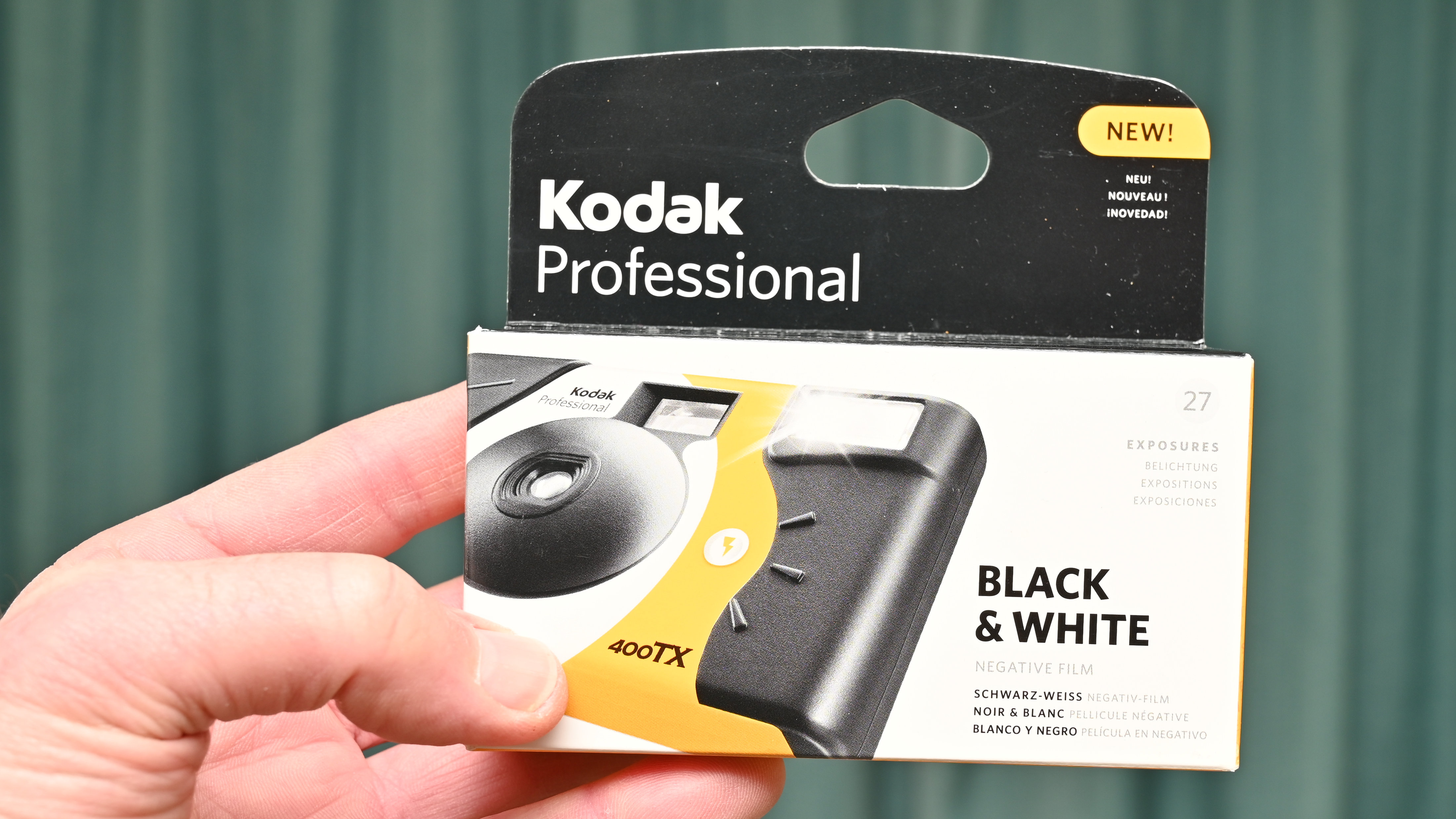
Specifications
| Camera type | 35mm single-use |
| Film type supplied | Kodak Tri-X 400 |
| Color / B&W | B&W |
| Film length supplied | 1x 27 exposures |
| Flash | Yes |
| Minimum subject distance | 1m |
| Dimensions (W x H x D): | 112 x 59 x 36mm |
| Weight (inc film & battery): | 118g |
Price & Availability
As a disposable black & white film camera, this Kodak is built down to a price, in this case of around $14/£19. That’s pretty much as cheap as it gets for a throwaway camera that you’re only going to use once. You’ll probably pay the same sort of money to have the film processed with a set of digital scans, more if you want a set of postcard sized prints as well.
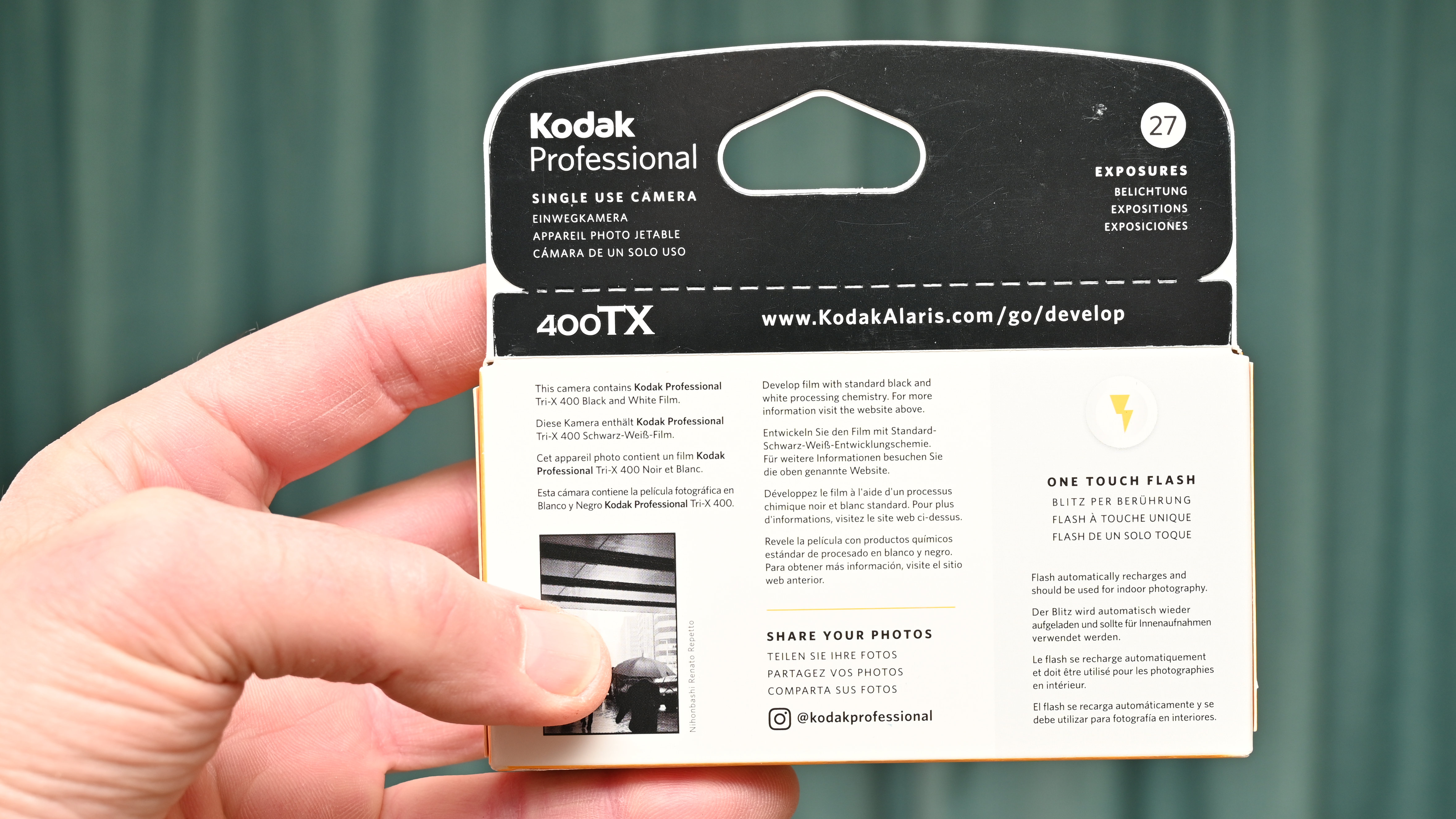
Design & Handling
Befitting a black & white camera, the casing of this one is made entirely of black plastic with a mostly white sticker stuck around it, albeit with a splash of Kodak yellow. The build quality actually feels pretty convincing for such a cheap disposable camera. It’s pretty robust, the shutter button works smoothly and the frame advance wheel has a decent quality feel to it. As I’d expect, the mechanism for winding on the film is interlocked with the shutter release, to avoid accidental double-exposures.

Like with other disposable cameras, the film is pre-loaded in such a way that it’s wound completely out of its canister. Each time you take a shot and wind the film on, it rewinds frame by frame into the cannister so, by the time you reach the end of the roll, it’s ready for removal. That said, you’re most likely to mail the whole camera or take it into a lab for the technician to remove the film and chuck the camera into the waste bin.
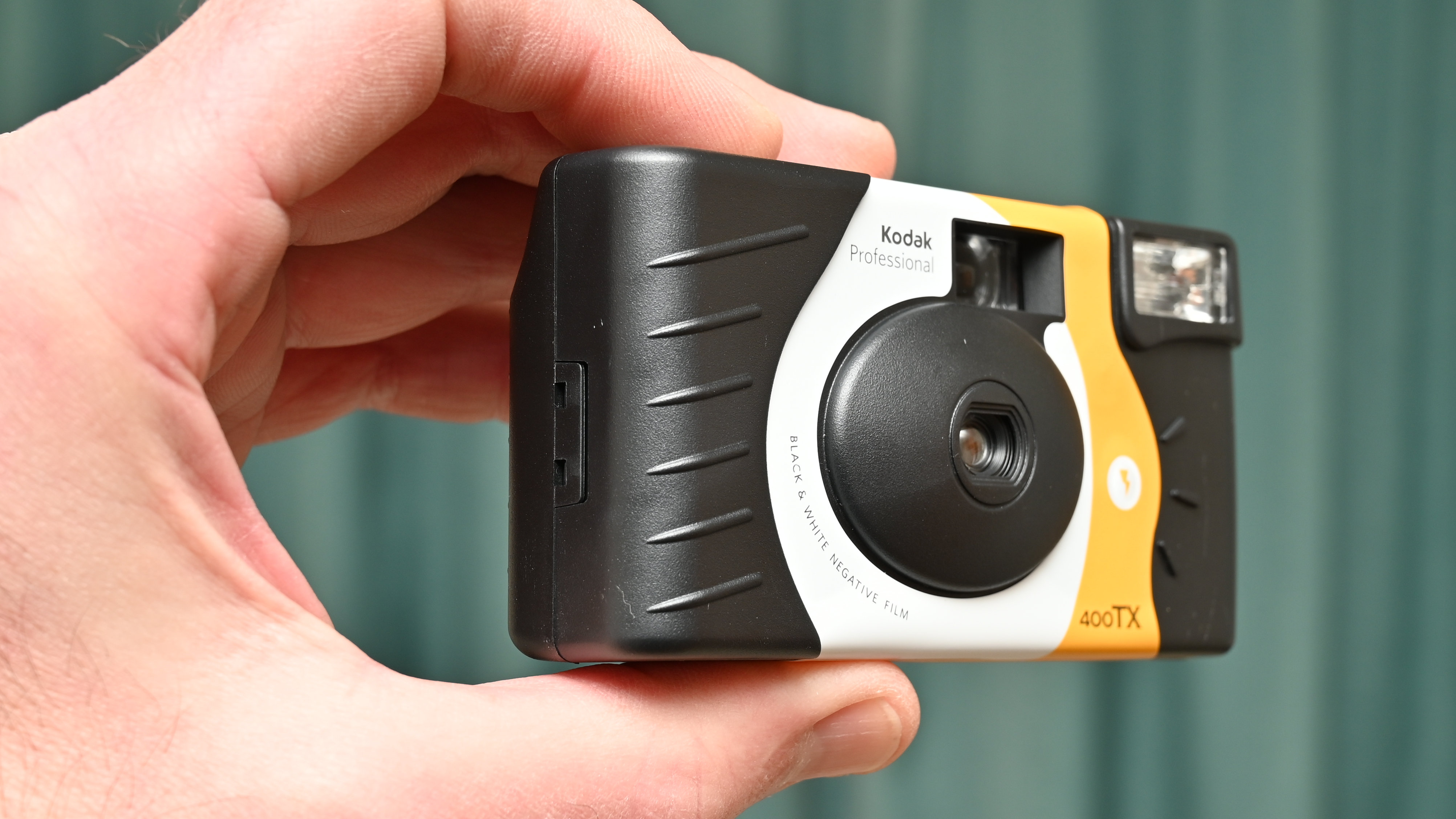
As with various other Kodak cameras, this one has a single-element lens with a focal length of 30mm and a fixed aperture of f/10. Focusing is also fixed, with a depth of field that covers a range of 1m to infinity. The shutter speed is again fixed, this time at 1/125th of a second so as usual with cheap disposable/reloadable cameras, you’re relying on the latitude of the film to get usable results in varying lighting conditions. For indoor use, the camera has a small built-in flash and, as with the film, the battery is also pre-loaded. A simple button on the front turns on the flash, which has a range of around 1-3m and takes about 15 seconds to recycle after firing.
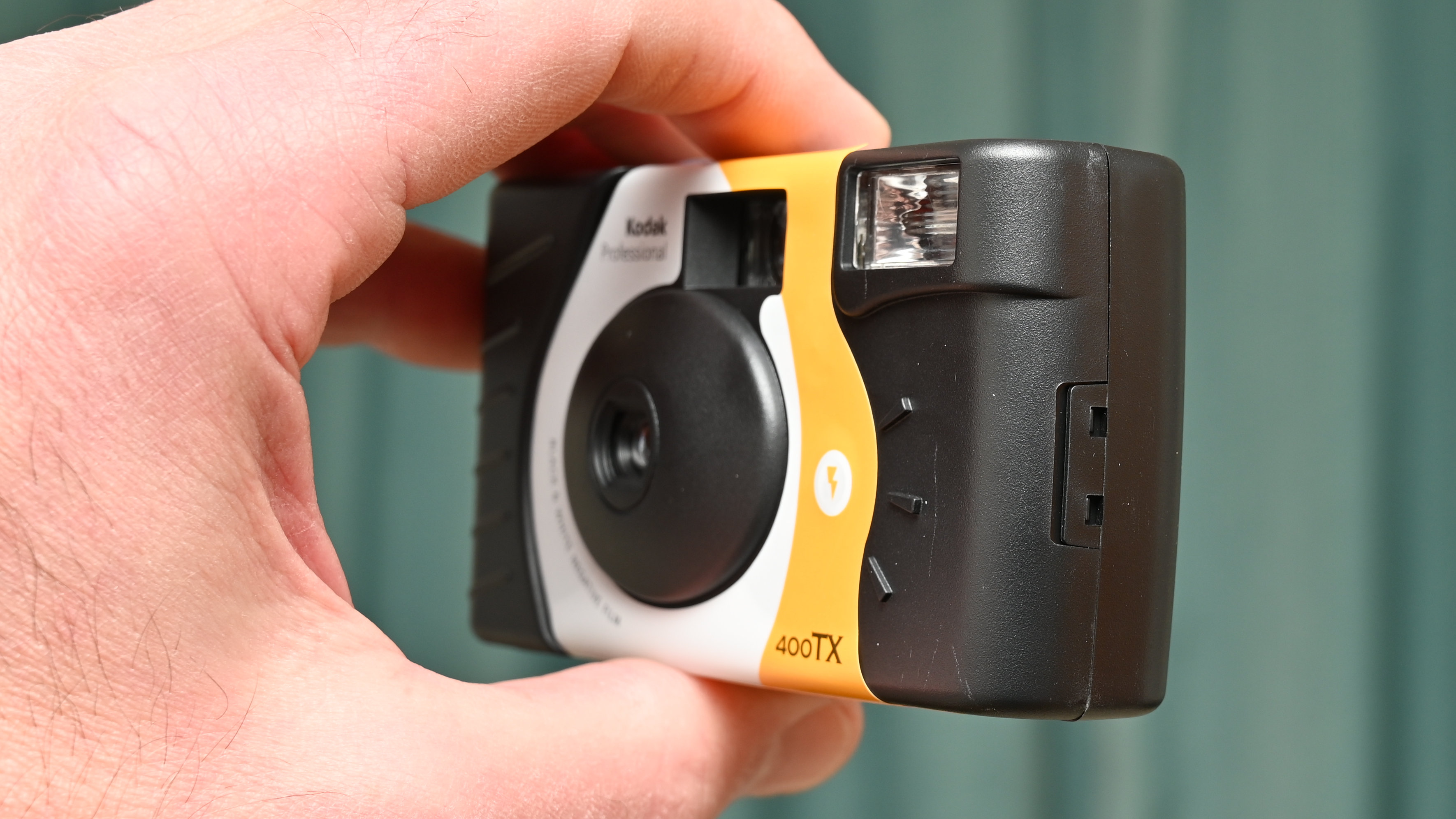
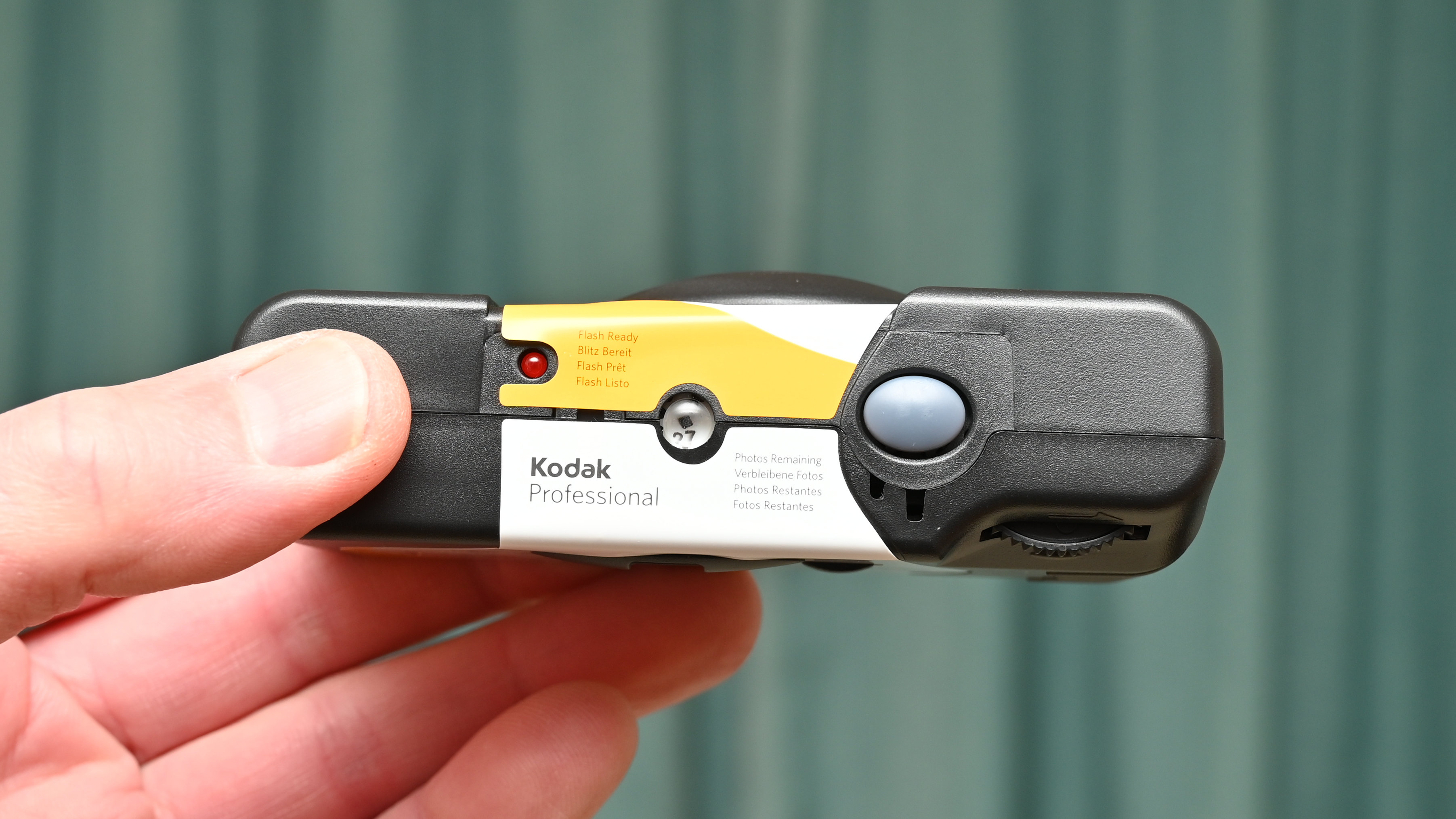
Photo Performance
There’s certainly nothing wrong with the Tri-X film pre-loaded into this disposable camera. However, the cheap disposable Kodak camera itself doesn’t do it much justice. I took a range of outdoor test shots in wide-ranging lighting conditions, from direct sunlight to deep shade. I also took some indoor shots with and without flash.
The film has a wide exposure latitude so, despite the camera having a fixed exposure setting of 1/125th of a second at f/10, the results in all the outdoor scenarios were pretty good in terms of retention of highlight and shadow detail.
However, indoor shots were a bridge too far, even under bright ambient lighting, and looked very underexposed apart from when using the short-range flash. I like that the film has an attractive grain but the single-element lens lacks any real sharpness or bite, typical of those built into cheap disposable cameras.
Sample Images
This gallery of sample shots was taken in varying lighting conditions from bright direct sunlight to deep shade, as well as indoors with and without flash.
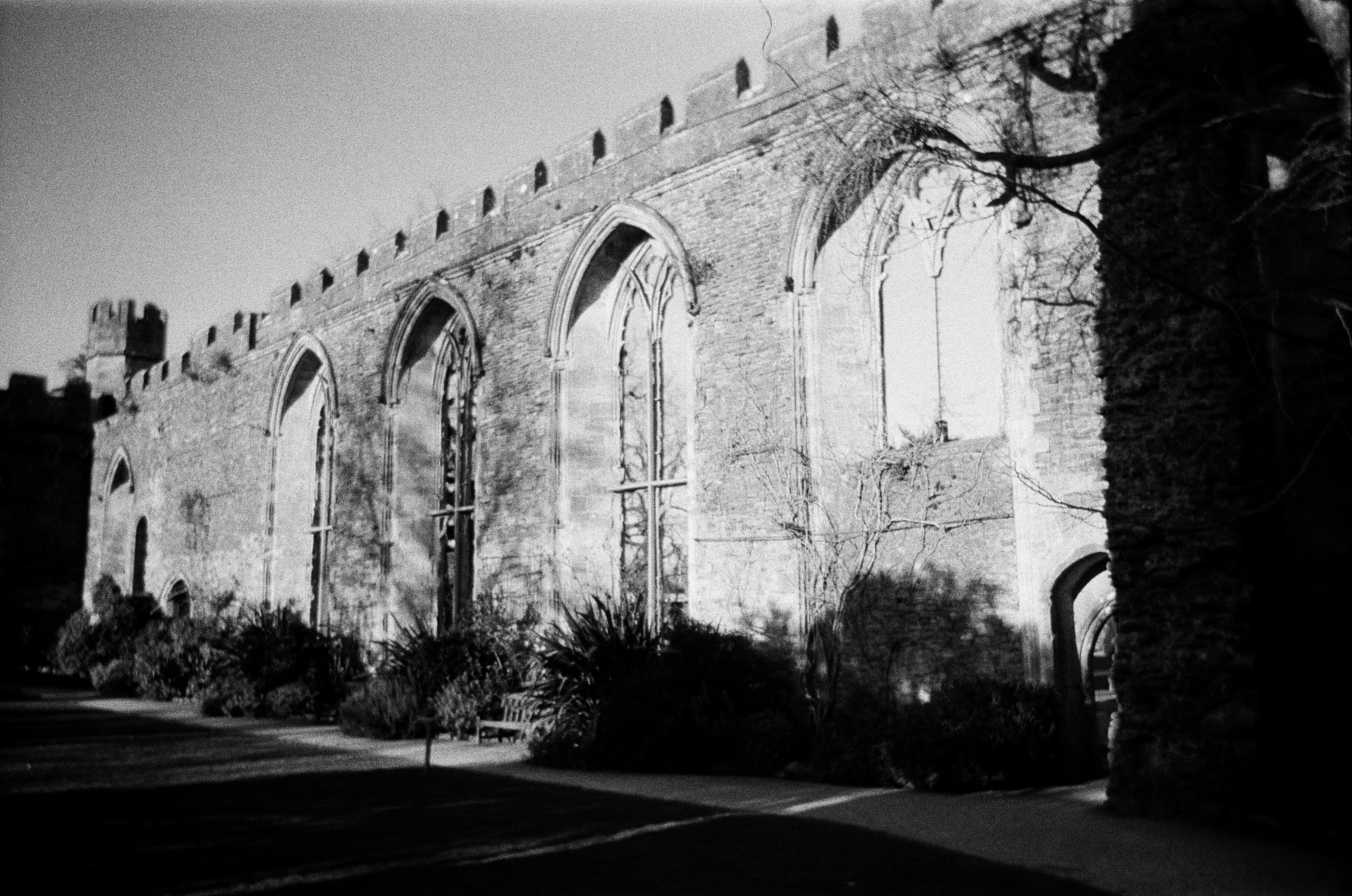

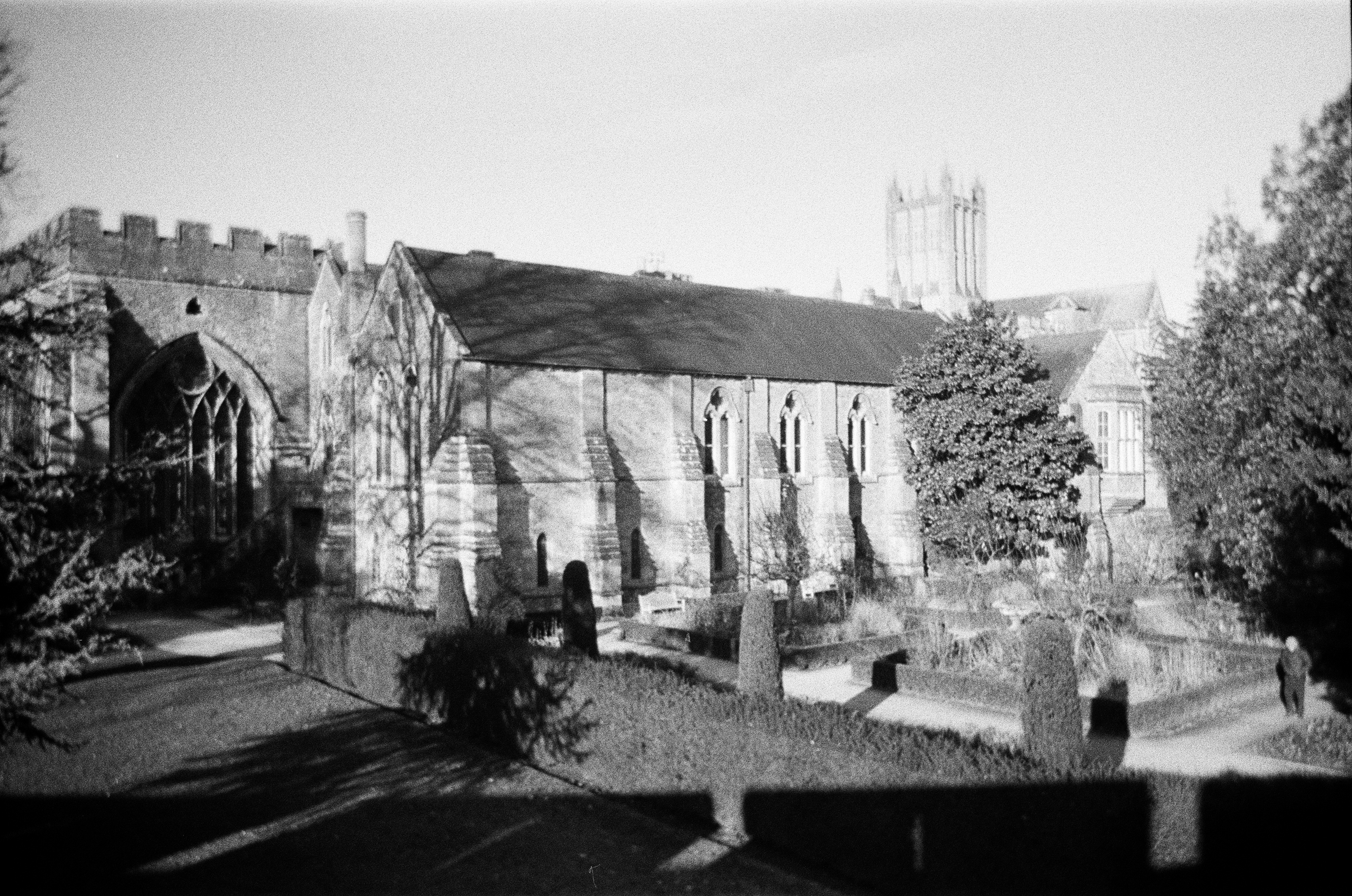


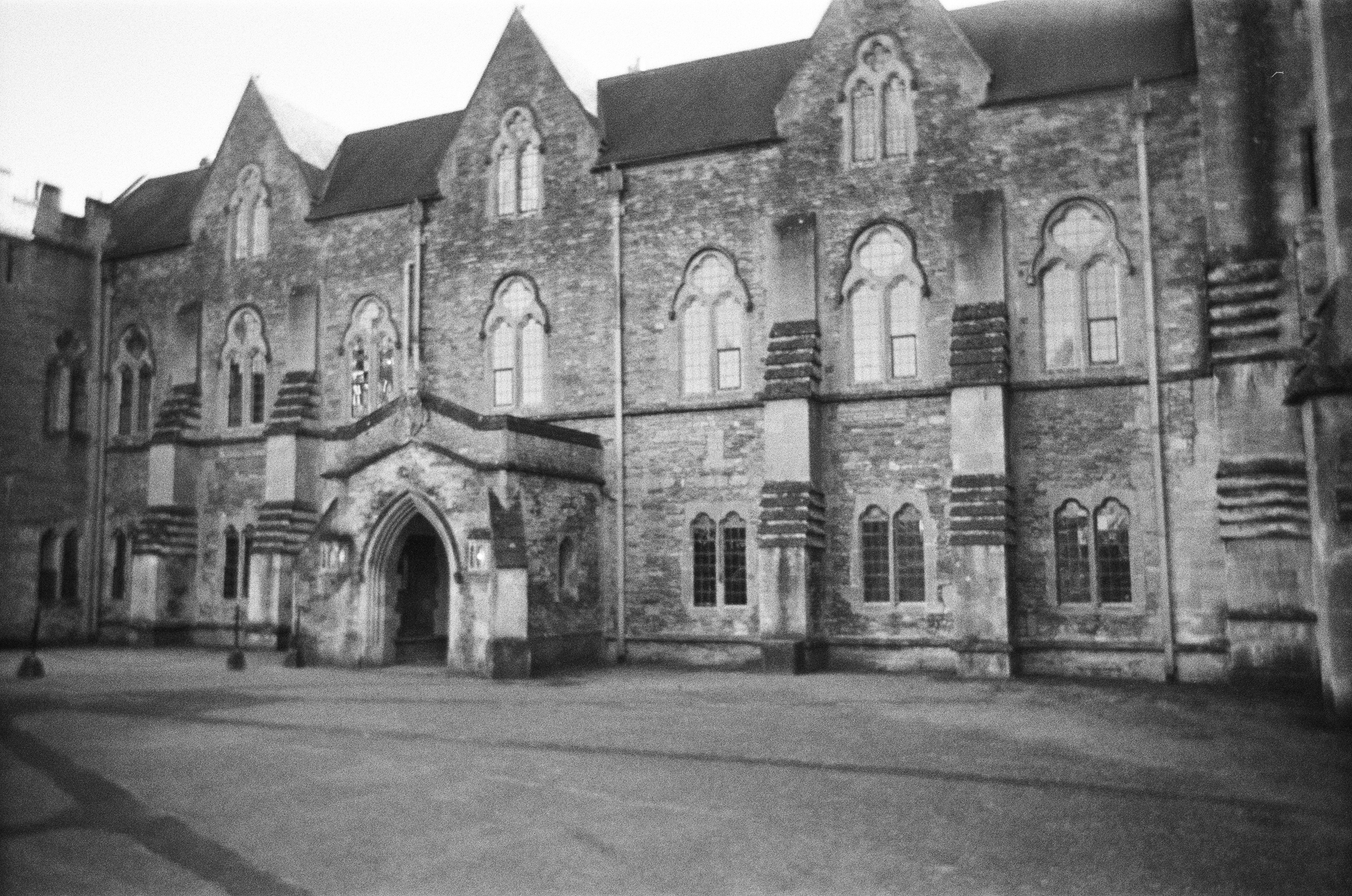
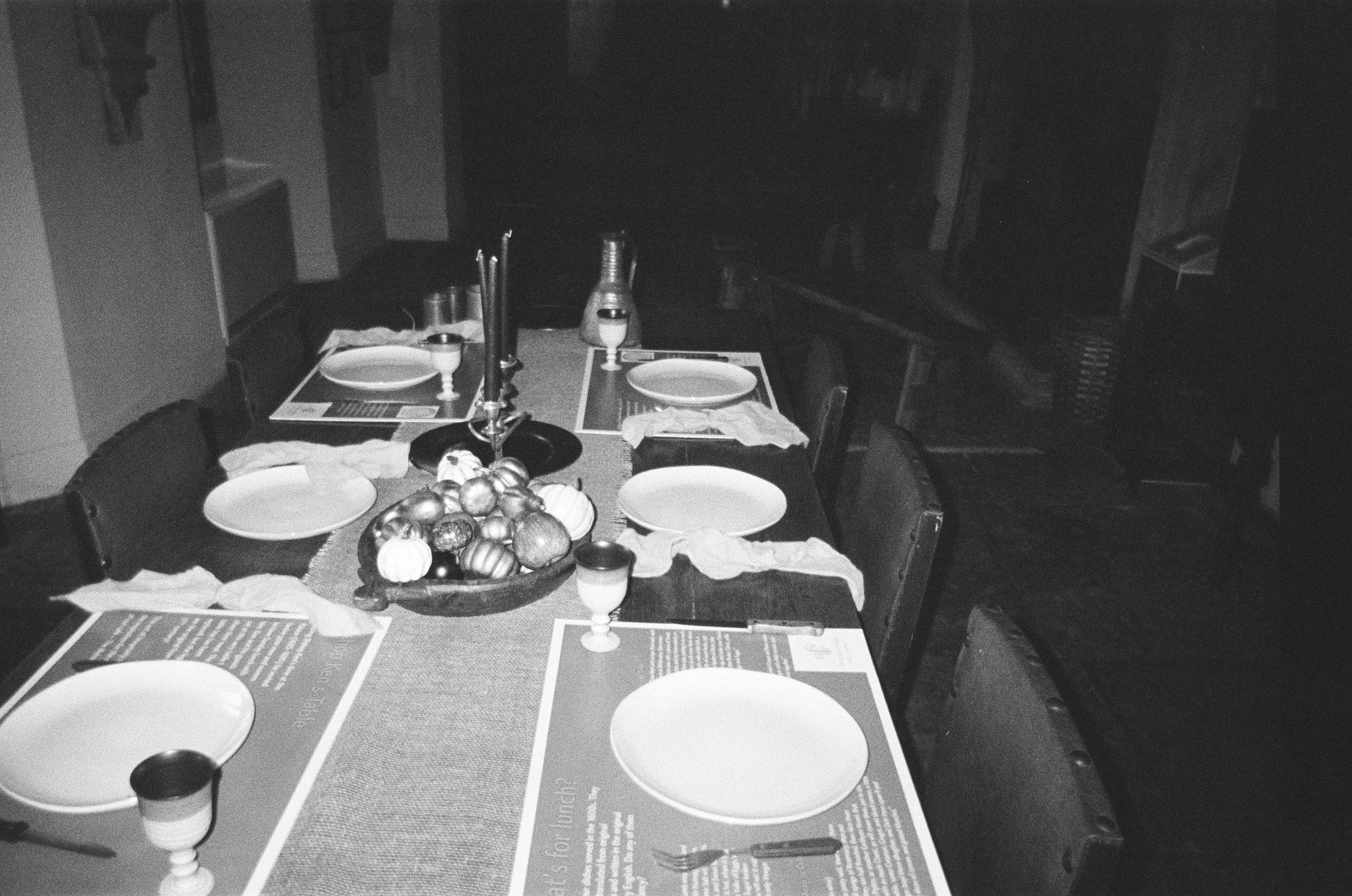
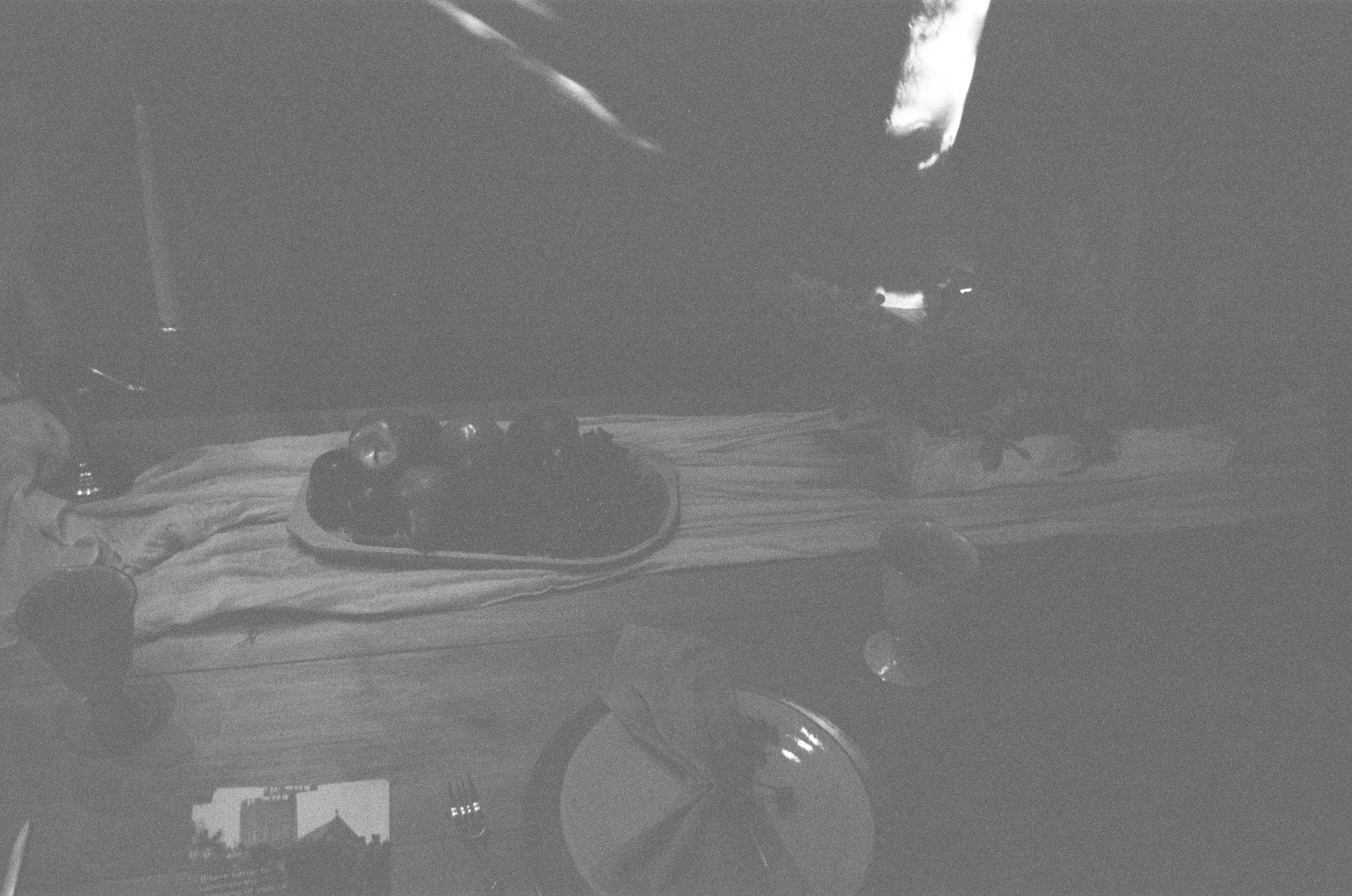
Verdict
I like that the Kodak Black & White Tri-X 400 Single Use Camera feels pretty solid and well-built for a ‘disposable’ camera and that it comes pre-loaded with high-quality film. It’s also competitively priced, although processing costs are always the sting in the tail with film cameras nowadays.
It works well and is easy to use but image quality is typical of cheap disposable cameras, more ideal for those trying to create the look and feel of snapshots taken a few decades ago, rather than competing with cameras or mobile phones in the digital era.
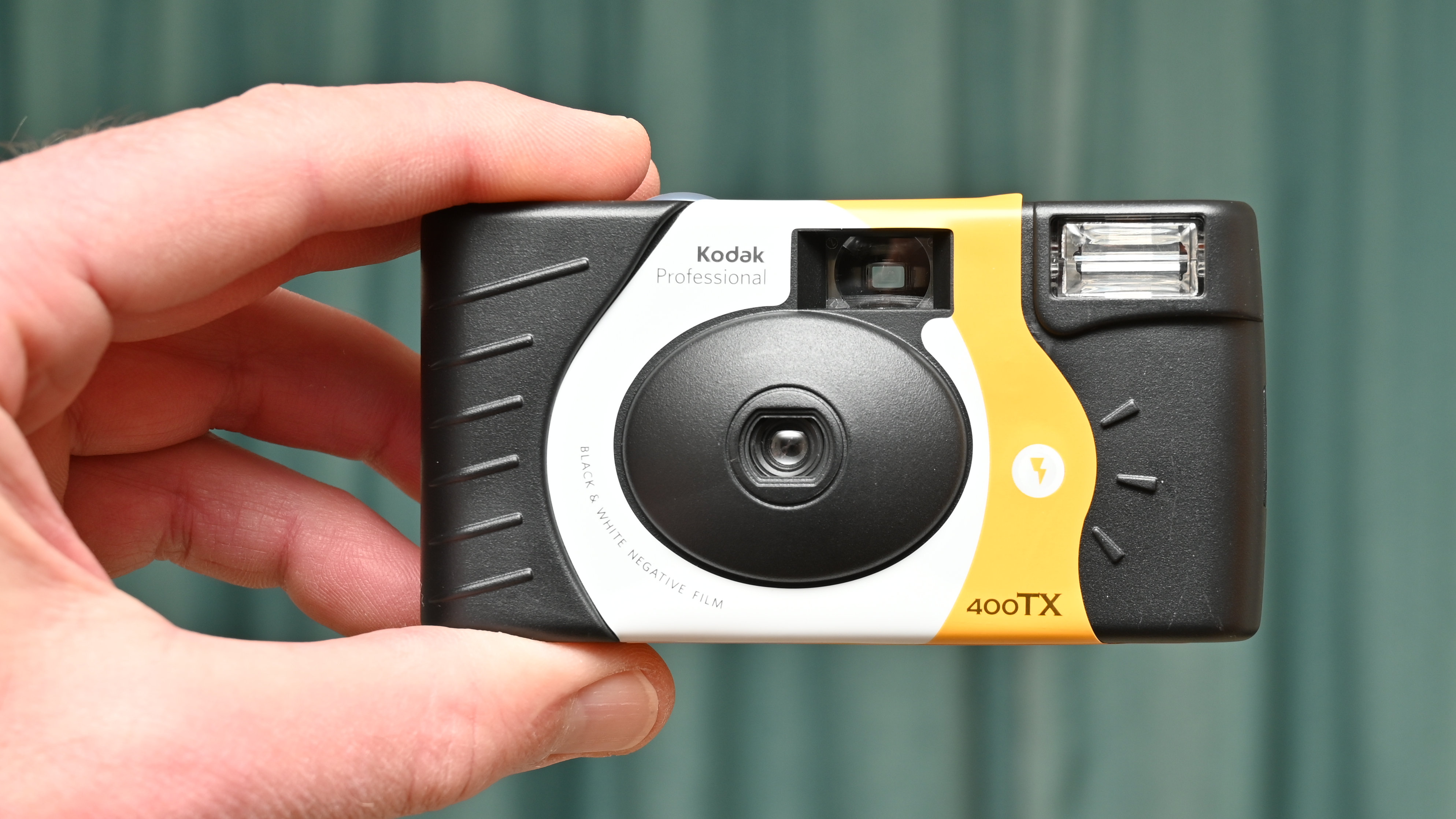
Should you buy the Kodak Black & White Tri-X 400 Single Use Camera?
✅ Buy this...
- Easy to use
- Quality film pre-loaded
- Includes a built-in flash
🚫 Don't buy this...
- Mono, not color
- Can’t be reloaded
- Pricey film processing
Alternatives
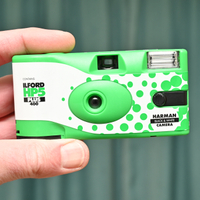
The Harman Ilford HP5 Plus B&W Single Use Camera is a good alternative that comes with Ilford rather than Kodak film pre-loaded. Again though, film processing isn’t pre-paid.
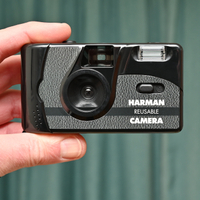
The Harman Reusable 35mm Film Camera can be reloaded instead of being used just once, and comes complete with two rolls of 36-exposure Kentmere Pan ISO 400 black & white film.
Matthew Richards is a photographer and journalist who has spent years using and reviewing all manner of photo gear. He is Digital Camera World's principal lens reviewer – and has tested more primes and zooms than most people have had hot dinners!
His expertise with equipment doesn’t end there, though. He is also an encyclopedia when it comes to all manner of cameras, camera holsters and bags, flashguns, tripods and heads, printers, papers and inks, and just about anything imaging-related.
In an earlier life he was a broadcast engineer at the BBC, as well as a former editor of PC Guide.
